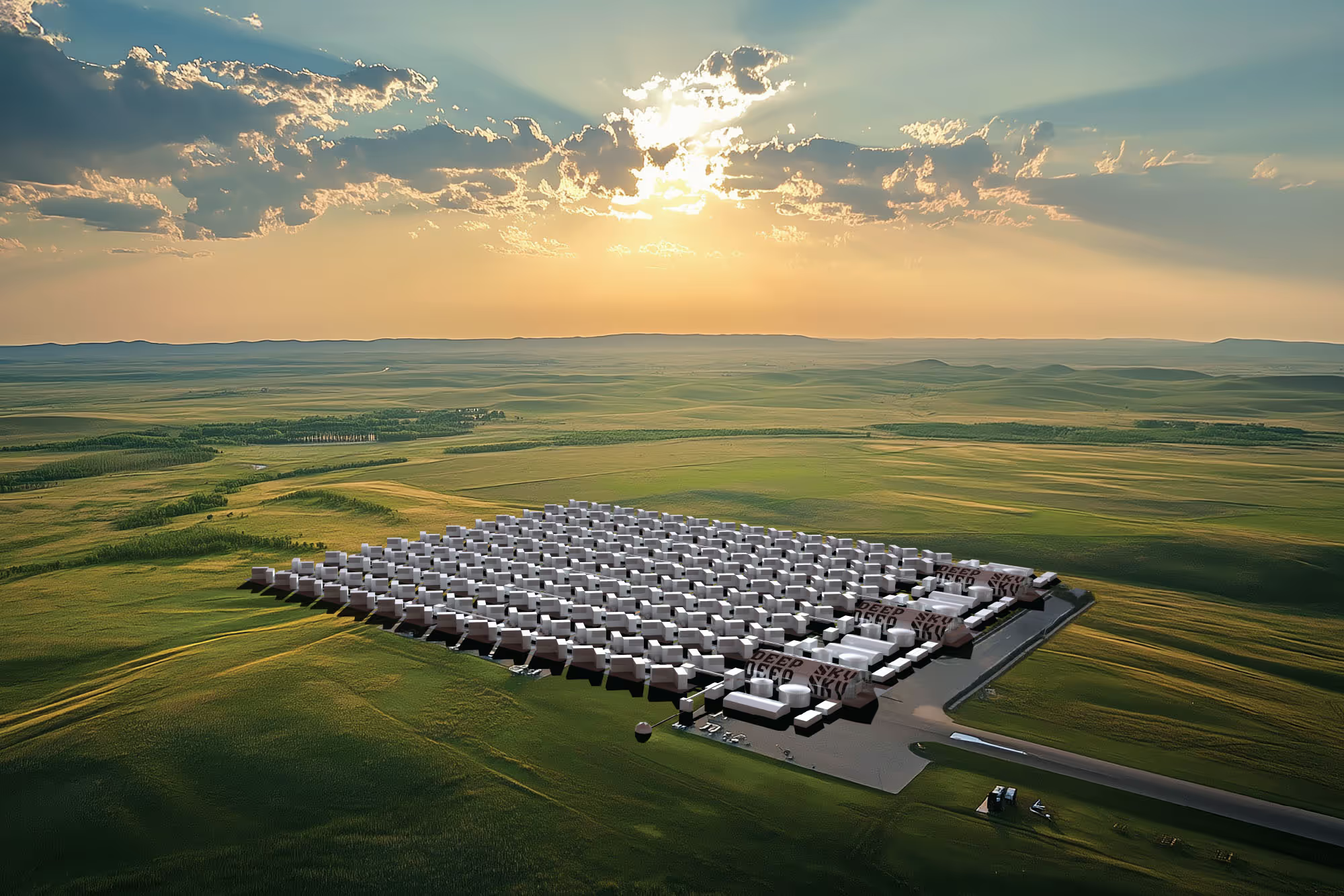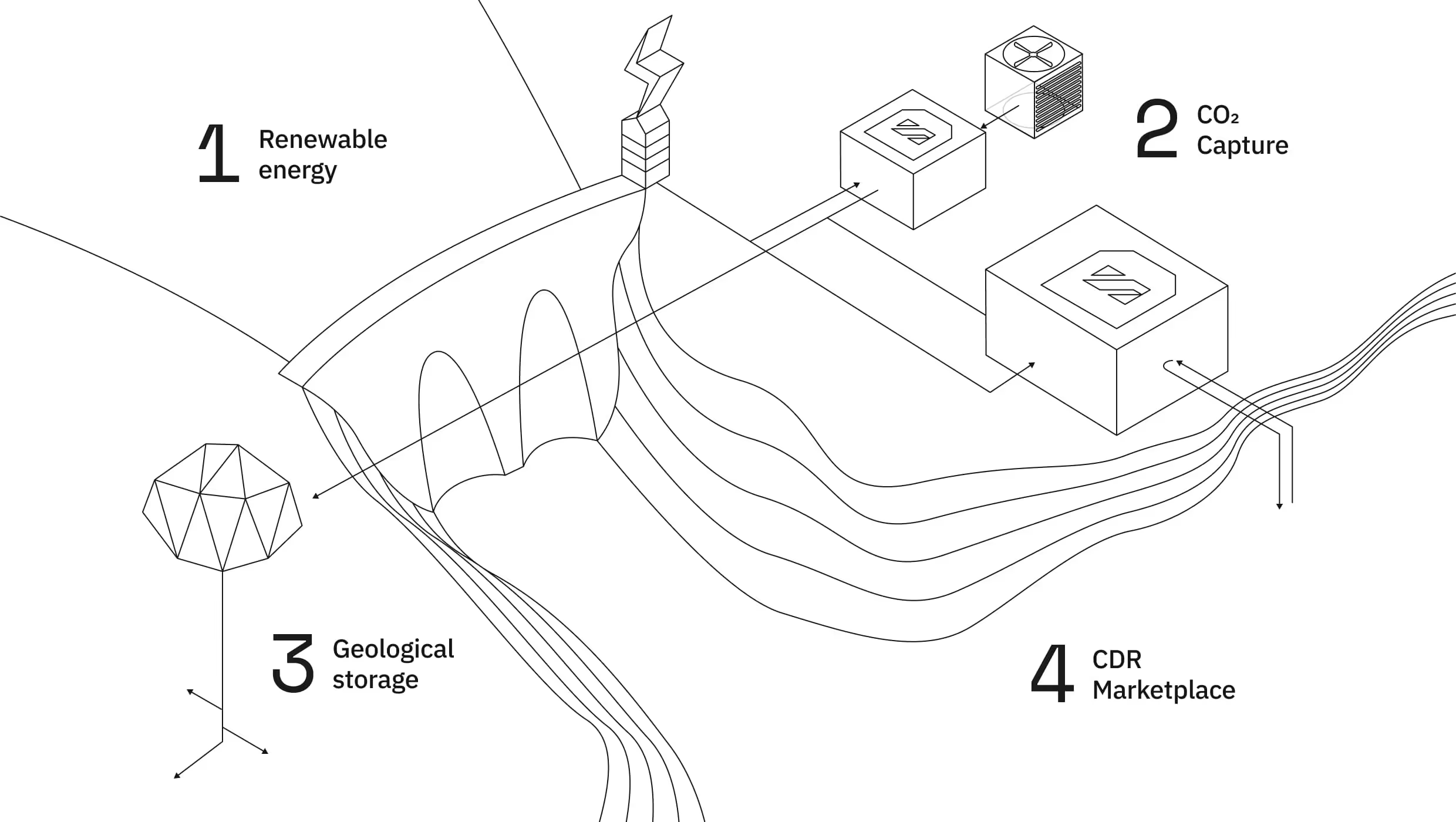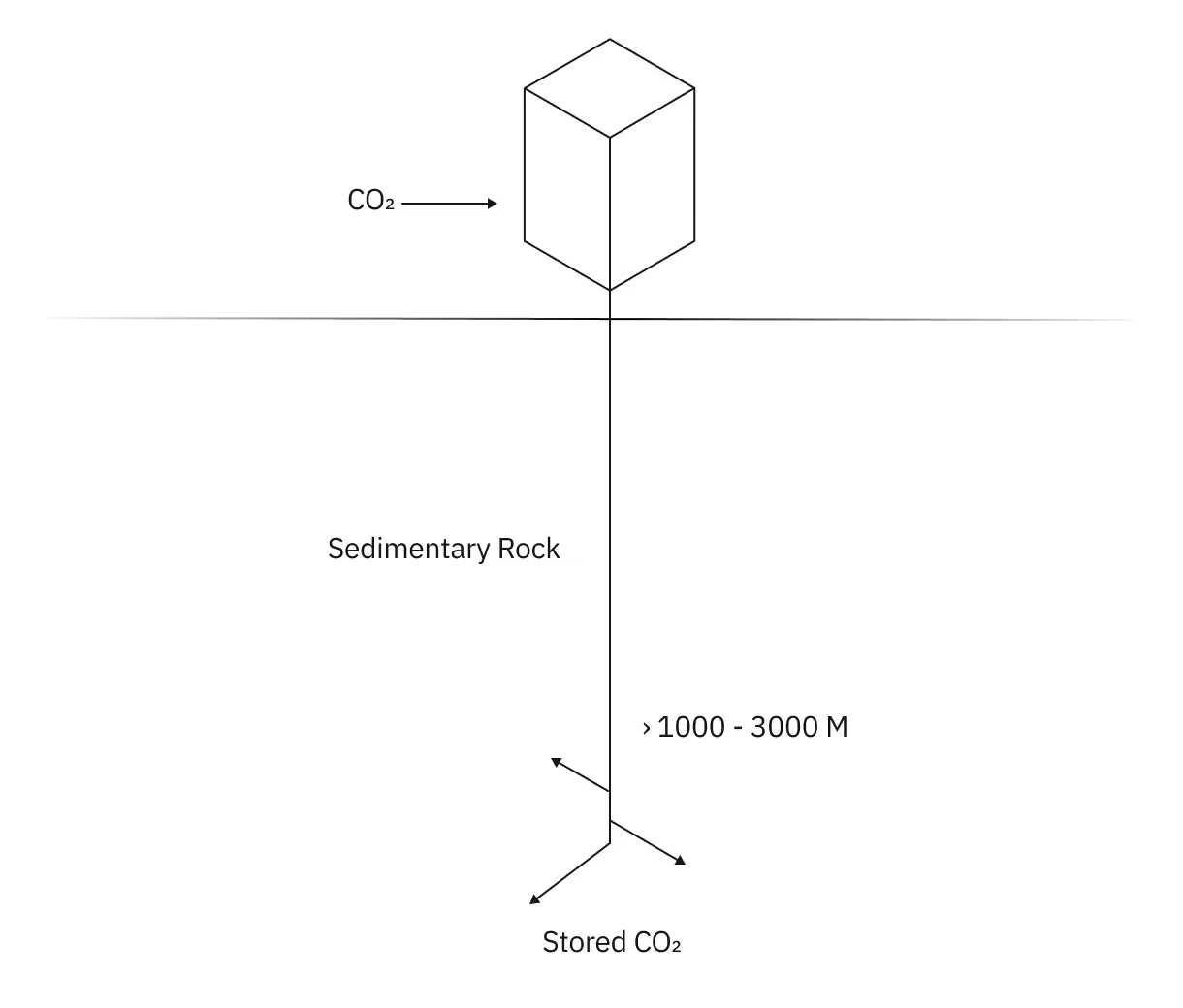Subscribe to our newsletter
The place for unfiltered climate news and Deep Sky developments.

Deep Sky Manitoba
Deep Sky Manitoba: a nexus for CO2 removal at scale.
The technology that can save our planet exists, but it hasn’t been given the space or resources needed to create a meaningful impact—until now.
Deep Sky Manitoba will allow us to scale, and commercialize carbon removal and storage solutions like never before.
To learn more about our project in Manitoba, download our brochure here or visit our Deep Sky Manitoba FAQ page
Contact us at manitoba@deepskyclimate.com
Deep Sky Manitoba

1
Leverage Canada’s natural resources.
Canada is a vast territory rich in natural resources: water, geology, wind and hydroelectric energy, making it an ideal place for engineered C02 removal. Manitoba in particular represents a remarkable opportunity for carbon removal at scale, powered by renewable energy and sequestering deep underground in the region’s uniquely suitable geological formations.
.avif)
We’re actively working with government and local communities to secure the renewable energy needed to sustainably remove CO2 at scale, while ensuring responsible stewardship of the natural environment.
2
Draw CO2 molecules from the air and the ocean.
We’re partnering with a new generation of carbon capture technology innovators to develop large-scale facilities. The technology for capturing CO2 from the air and ocean is proven, uncomplicated and clean, but it does consume energy. It’s important that consumption is limited, renewable, and sustainable.

Direct Air Capture
Atmospheric CO2 molecules can be captured from the open air using large fans that push the air over adsorbent solid particles or liquid sorbents. Those materials are then heated or electrically charged to release the captured CO2 so that it can be stored, and renewed for the process to repeat.
3
Safely sequester it underground.
We’re building geological storage sites in ultramafic rock and saline aquifers where carbon can be safely stored for thousands of years, reversing what our fossil fuel industries have done since the beginning of the industrial revolution.

Saline aquifers
When injected miles underground beneath sedimentary reservoirs, CO2 can be stored in geological structures like those that contained natural reserves of oil and gas for millions of years. We already have decades of experience with this process. It effectively is a gas well that puts carbon back in the ground where it belongs.
4
Build a marketplace that meets demand.
Demand for CO2 removal credits is rapidly outgrowing available supply. We will monetize Deep Sky by distributing premium CDR credits to compliance markets, voluntary markets, and government procurement.
Global demand for CDR credits outgrowing supply
Tons of CO2 – source: cdr.fyi
38M
Total sales
1M
Total deliveries
Our goal is to remain at the forefront in CO2 carbon removal technologies. Deep Sky Alpha is the first step for DAC technologies before deploying them at scale.




